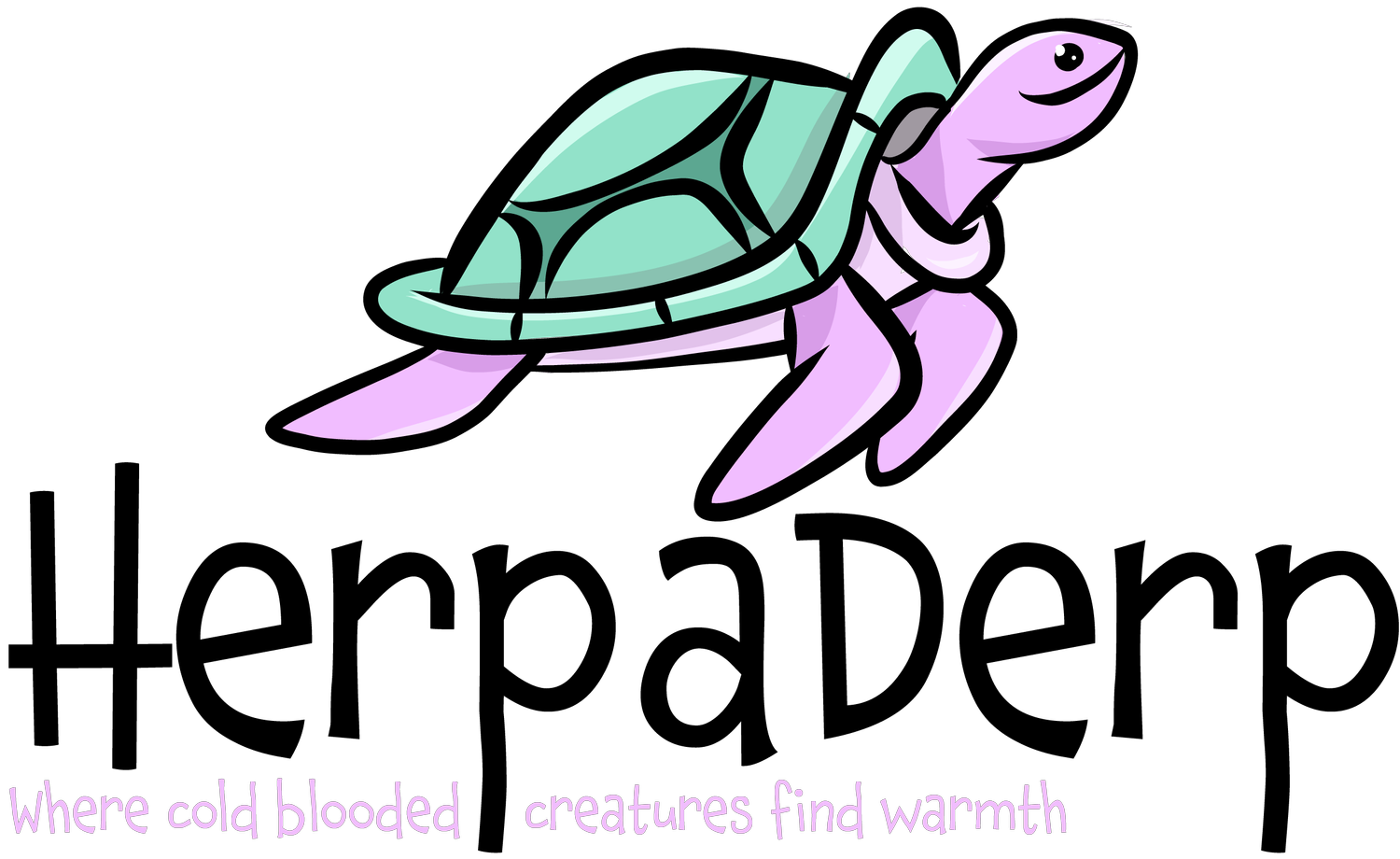Bearded dragons are a popular pet reptile due to their friendly and docile nature, as well as their unique appearance. If you're considering adopting a bearded dragon, it's important to understand their care requirements to ensure they stay happy and healthy for their average lifespan of 10 to 15 years.
Feeding: Bearded dragons are omnivorous and require a varied diet of insects and vegetables. Their diet should consist of about 80% vegetables and 20% insects. They require a variety of vegetables, including leafy greens, squash, carrots, and sweet potatoes. Insects should be offered a few times a week, such as crickets, mealworms, and dubia roaches.
Humidity: Bearded dragons come from arid regions and require low humidity levels of around 30-40%. However, they do need access to water for drinking and soaking.
Lighting/UV: Bearded dragons need both UVA and UVB lighting to stay healthy. A basking bulb should provide a temperature of around 100 degrees Fahrenheit, while a UVB bulb should be left on for 10-12 hours per day.
Enclosure Size: Bearded dragons need a minimum enclosure size of 40 gallons, but larger is always better. They need plenty of space to move around, climb, and bask. A variety of hiding spots and climbing structures should also be provided.
Water: Bearded dragons need access to clean water at all times. A shallow water dish that is easy to climb in and out of is recommended. They may also appreciate being misted with water from a spray bottle.
Habitat: Bearded dragons are native to the arid regions of Australia, where they live in rocky outcroppings and open woodland. They require a warm, dry habitat with plenty of hiding spots and climbing structures.
Sociability and Handleability: Bearded dragons are social creatures and enjoy interaction with their owners. They are also very handleable, making them a great pet for children and adults alike.
Fun Fact: Bearded dragons get their name from the spiny, beard-like scales on their throats. They puff up these scales as a defensive display when threatened. They can also puff up and change color to signal aggression or excitement.
Morphs: Morphs are genetic mutations that create unique color and pattern variations in bearded dragons. There are many different morphs available for bearded dragons, each with their own distinct appearance. Some popular morphs include the citrus, hypo, leatherback, and translucent morphs. Each morph can have its own specific care requirements, so it's important to research the needs of the particular morph you are interested in. Bearded dragon morphs are highly sought after by collectors and enthusiasts, and their popularity has led to the creation of many new morphs over the years. However, it's important to keep in mind that the care of the animal should always come first, regardless of its appearance.
Common Illnesses: Bearded dragons are susceptible to a variety of illnesses, such as respiratory infections, parasites, and metabolic bone disease (MBD). MBD is a common condition in bearded dragons that occurs due to a lack of calcium and vitamin D3 in their diet. Symptoms of MBD include lethargy, twitching, and difficulty walking. If you suspect that your bearded dragon may have MBD, consult with a reptile veterinarian immediately.
